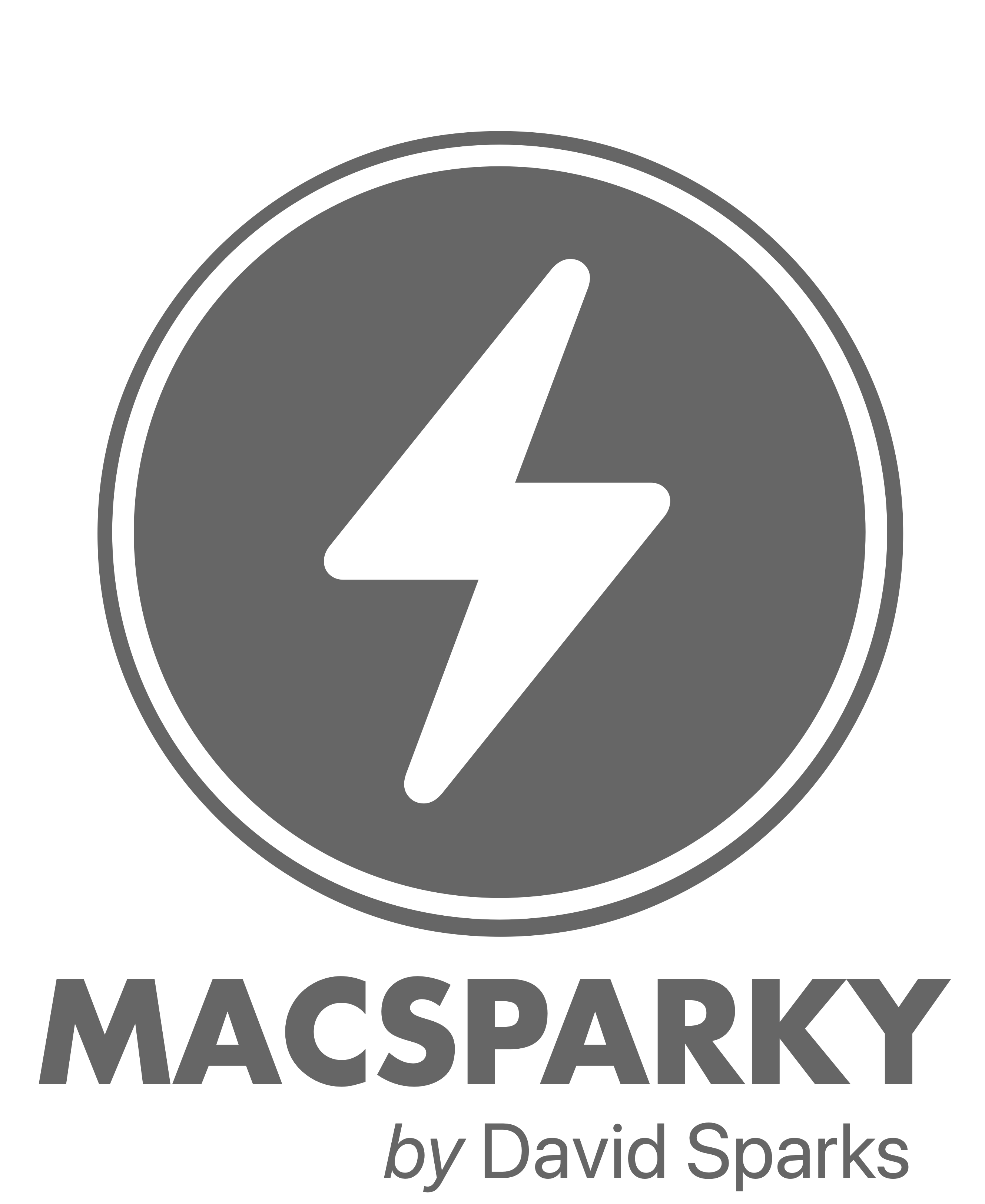One of the recurring complaints around Sparky headquarters these days is Internet speed. My kids are in college-from-your-bedroom during COVID, my wife is also home, and I use a little bit of bandwidth myself.
Years ago, eero was a podcast sponsor, and I got a free three-pack at the time. After that, I bought three more to get eero into my kids’ rooms and the backyard. We’ve had a good connection, but we didn’t have enough bandwidth for everyone using the Internet so intensely. Speedtest.net was showing WiFi speeds between 50 and 150 Mbps. So I went looking for alternatives.
eero has recently released some new hardware taking advantage of the more recent WiFi 6 standard. I’ve generally been happy with eero. They are easy to set up and just seem to work once you’ve got them installed. So I purchased the eero Pro 6 3-pack. The Pro 6 is made to cover 6,000 square feet. My house is only 1,500 square feet, but I do like to work in the backyard, and I do have WiFi cameras at the very front of the house. At $600, this was no small investment, but my wife and kids have been complaining a lot, and I decided I would do some serious testing once they arrived, intending to return them if the improvements were only incremental.
After several weeks of usage, I am keeping these.
Installing the new eero hardware took all of 15 minutes. The eero app will recognize new hardware and let you add or replace existing hardware. One question in my mind was whether I would need to keep any of my older eero hardware to get full house coverage. (My old system had six units. This new system only had three.) Regardless, I took all the old units offline and installed the three new units. Two of the endpoints have Ethernet cable, so two of the devices are plugged in. The third device is at a location that doesn’t have a convenient Ethernet drop, so it is just plugged into the wall. Then I started doing some testing.
I’ve done probably thirty speed tests on this new system, and it has clocked in no less than 500 Mbps every time. However, if I sit close to the transmitter, it gets closer to 700 Mbps. I’ve been shocked at how much faster WiFi is in my house with this 5X increase. Also, my network is a lot easier to manage with just three devices instead of six.
If you’re looking unsatisfied with your current WiFi speed, these eeros may be just what you’re looking for.








